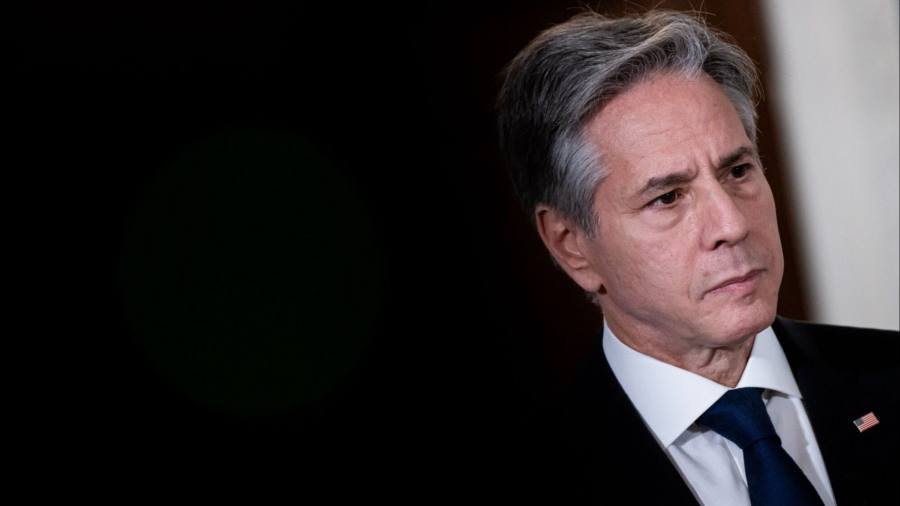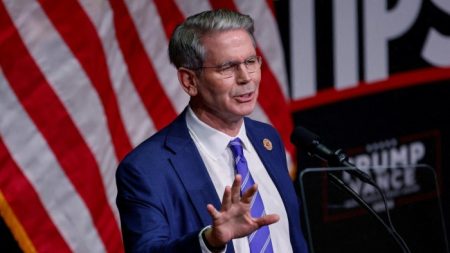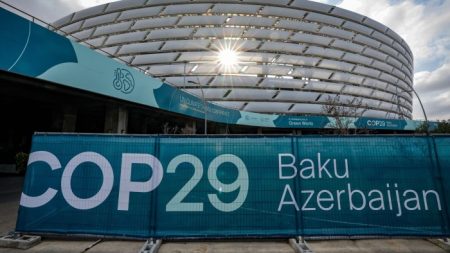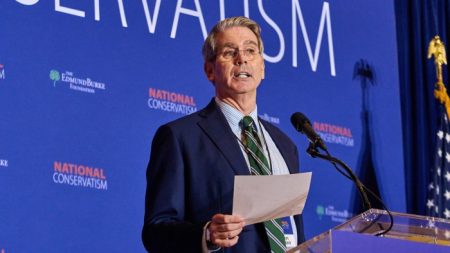US secretary of state Antony Blinken arrives in Beijing on Sunday on a highly anticipated mission to reboot US-China relations, which cratered in February after an alleged Chinese spy balloon flew over North America.
Blinken will be the first secretary of state to visit China since 2018, a reflection of the strict Chinese lockdown during the pandemic, but also of how US-China ties have plummeted to their lowest level in decades.
His trip is designed to follow on from a meeting President Joe Biden and President Xi Jinping held in Bali in November when they agreed on the need to create a “floor” under the relationship. But the plan was derailed in February when Blinken cancelled a visit to China because of the balloon.
Relations have been on a downward trajectory in recent years. The US is concerned about everything from China’s military activity around Taiwan, to its refusal to condemn Russia over the Ukraine invasion. Meanwhile, Beijing accuses the US of trying to contain China with export controls on advanced technology and security measures it has taken with allies.
The relationship reached its nadir when the Chinese balloon appeared over North America in late January and travelled across the continent, including over sensitive military sites, before the US shot it down.
Over the past month, there have been signs of improvement. The Financial Times reported that CIA director Bill Burns secretly visited China in May, and in the same month US national security adviser Jake Sullivan met Wang Yi, China’s top foreign policy official, in Vienna. Biden later said at the G7 in Hiroshima, Japan, that he expected an imminent “thaw” in relations.
One senior US official said that relations were now “in a place where we can move forward with the Bali agenda”.
“That’s what this trip is about,” said the official, who cautioned that Blinken was “very clear-eyed” that progress would be “hard” to achieve.
“This trip is a reconnection, not detente. It needs to stop the freefall in relations and find a basis for stability,” said Evan Medeiros, a Georgetown University China expert. “Both countries need and want the meeting to not go badly, but it’s too early to talk about success.”
Daniel Kritenbrink, the top state department official for east Asia, said Blinken had three goals, including the need for communication channels to ensure competition “does not veer into conflict”. He said Blinken would also raise issues of concern while looking for possible areas of co-operation.
Dennis Wilder, a former CIA top China expert, said the visit would end a period of “deep acrimony” but do little to tackle the “fundamental distrust”.
“The Chinese remain miffed by Secretary Blinken’s postponement of his visit earlier this year and his public warnings to Beijing at the Munich Security Conference [in February] about potential Chinese lethal aid to Russia”.
Blinken will hold two days of meetings with Chinese foreign minister Qin Gang and other officials. It is unclear if he will meet Xi, who he was scheduled to see in February.
Wilder said any decision by Xi not to meet Blinken would be a “strong signal” that China was concerned that the US would take more steps to restrain its advanced technology development and other “de-risking” efforts.
One Chinese scholar said Blinken’s trip would only be judged successful if he met Xi. He said it would amount to a “snub” if he only met Qin or Wang since they are not as powerful in China as the secretary of state in the US.
While US officials say enough time has passed since the balloon incident to restart high-level meetings, it still hangs over the relationship.
The FT previously reported that China was reluctant to grant Blinken a visit over concerns the FBI would release the results of an investigation into the balloon. In a letter citing the FT story, 19 Republican senators this week urged Biden not to succumb to Chinese efforts to “coerce the US into silence” and to release the FBI findings “immediately”.
Raja Krishnamoorthi, the top Democrat on the House China committee, said he has reviewed some material related to the balloon provided by the FBI and that the information was “eye opening”.
“For them [China] to call it a weather balloon . . . is not a great look for them,” he added.
Asked on Saturday if the trip could help ease tensions, Biden said Xi did not know what the balloon, which China claims was a weather observation vessel, was doing. “It was more embarrassing than it was intentional,” he said, adding that he hoped to meet Xi “over the next several months”.
Republican head of the House China committee Mike Gallagher told the FT that the president’s comments were “naive and misleading”.
“We cannot afford to mistake the Chinese Communist party’s recent violations of our sovereignty and increasing aggression as mere accident”.
Some analysts said China may want a “tactical pause” in tensions to enable it to address its ailing economy, which is struggling to recover from previous stringent Covid restrictions. US export controls and Chinese moves to tighten anti-espionage laws and crack down on foreign consultancies have also hurt investor sentiment in China.
But in a warning to those hoping for a quick thaw, China’s foreign ministry on Friday gave the US a tongue-lashing, cautioning Washington against continually seeking “communications” while “damaging China’s interests”.
Back in Washington, the Biden administration also faces criticism from Republicans, including Gallagher, who has described the efforts to deal with Beijing as “zombie engagement”. This week he told CNBC that efforts to provide China with olive branches to induce engagement was an “invitation to aggression”.
But Krishnamoorthi, his Democratic counterpart, said high-level meetings could help stabilise relations and were needed to communicate clearly to China how its aggressive behaviour could “trigger escalation”.
“Mike might like zombie movies . . . but it’s really important that we have these talks, that we do everything we can to be clear and listen carefully at the same time and then try to find ways to discourage aggression.”
Follow Demetri Sevastopulo on Twitter
Read the full article here













